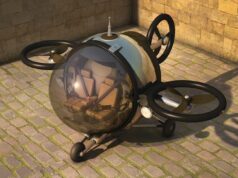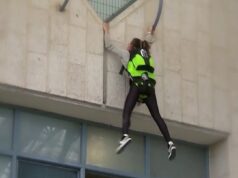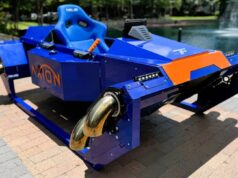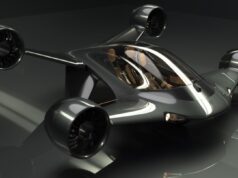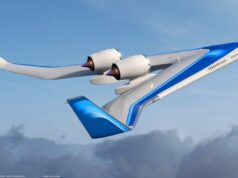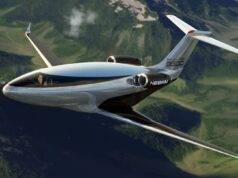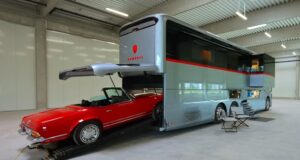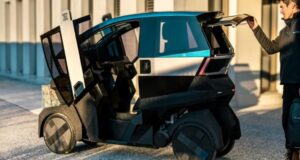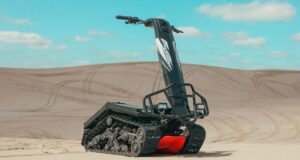Future shuttle/air-taxi services will quickly become oversubscribed the only way vertiport operators can increase throughput is through higher capacity aircraft. The UK’s startup ARC Aero Systems Linx’s 9 passenger cabin roughly doubles the payload of typical leading e-VTOL air taxis.
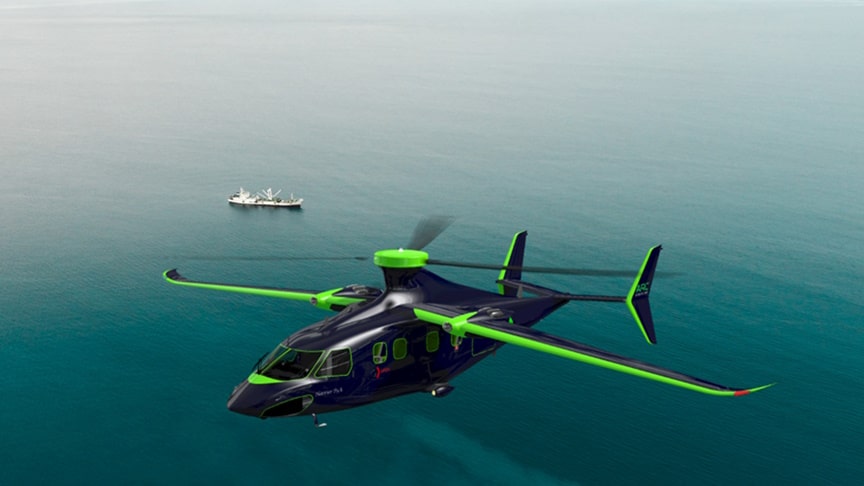
source.-image: arcaerosystems
The Linx’s 9 seat cabin also compares well to the similar sized AW109 helicopter which carries 6 in the cabin and a 7th sitting next to the pilot. Helicopter drive-trains for main and tail rotors are mechanically complex, driving up maintenance costs.
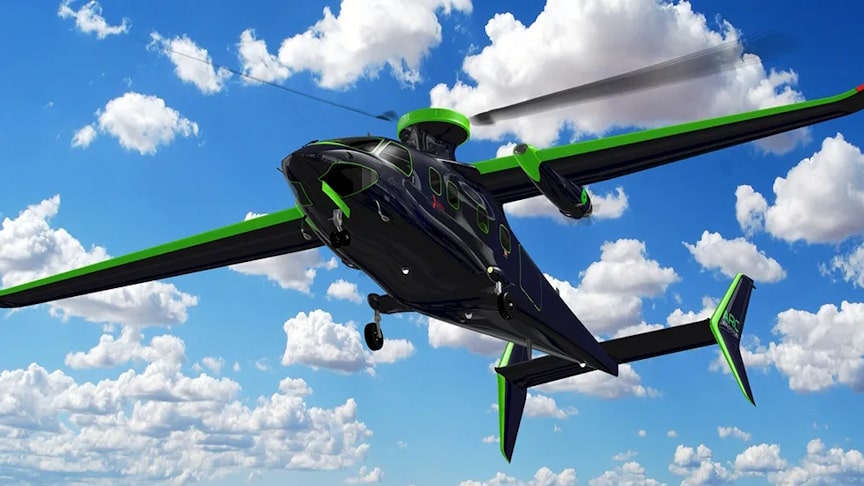
source.-image: arcaerosystems
The Linx’s single rotor is essentially un-powered (apart from the electric spin-up motor, used only prior to take-off) and the corrosion-proof composite airframe will be light and low drag, and while the EIS model will use existing turboprop engines, overall costs are expected to be 40% below those of a similar size helicopter.
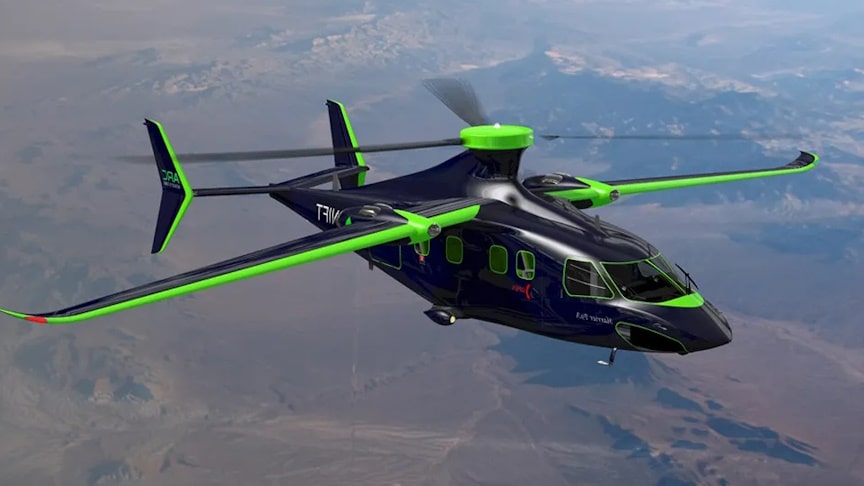
source.-image: arcaerosystems
The nine-seater would be able to cover at least 860 km and increase this range to 1,300 km with the addition of an extra fuel tank. Add to this a cruising speed of about 300 kph plus the capability to take off and land without the need of dedicated runways, and you’ve got an interesting option for urban air transport.
Advertisement
ARC intends to eventually integrate a hydrogen propulsion system with the Linx aircraft. However, initially, the hybrid system will use an as-yet-unspecified turbine engine. ARC’s engineers have been working in stealth mode on the Linx design for 12 months.
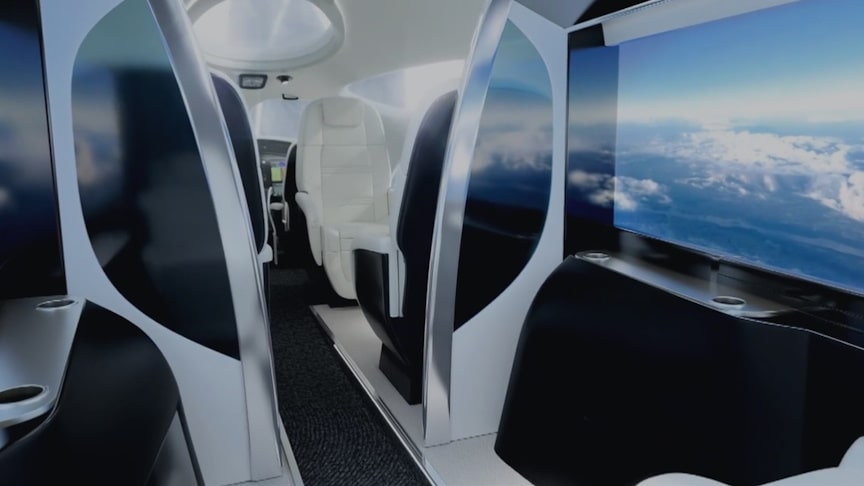
source.-image: arcaerosystems
The company says it has flown a one-third-scale technology demonstrator and is now increasing the size of its team to complete the preliminary design phase of the program. The all-electric P3 will have only a main rotor and will be able to fly up to 110 kilometers (69 miles), cruising at up to 150 km/h.
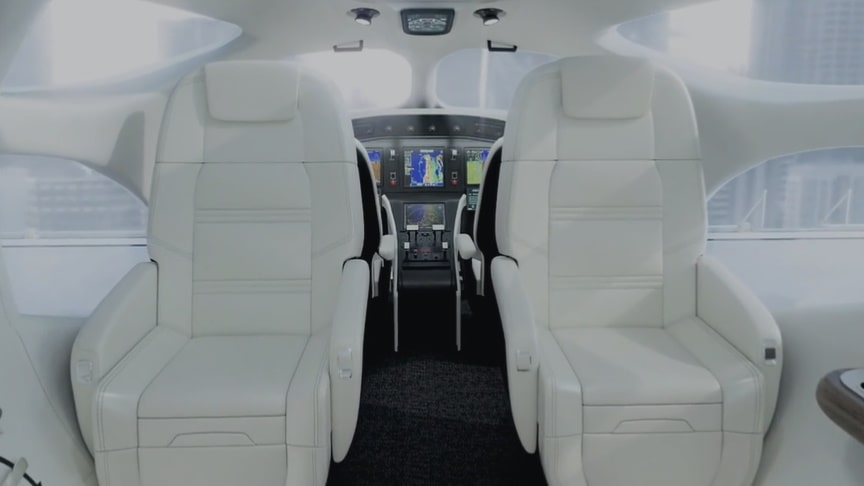
source.-image: arcaerosystems
An electric motor spins the rotor head until there is enough speed to make the rotors turn, at which point the pilot changes the tilt angle of the rotors for takeoff, after which a pair of pusher propellers and the fixed wing will support horizontal cruise flight. Once airborne, the rotor will be unlocked to act as a wind turbine generating more electrical power.

